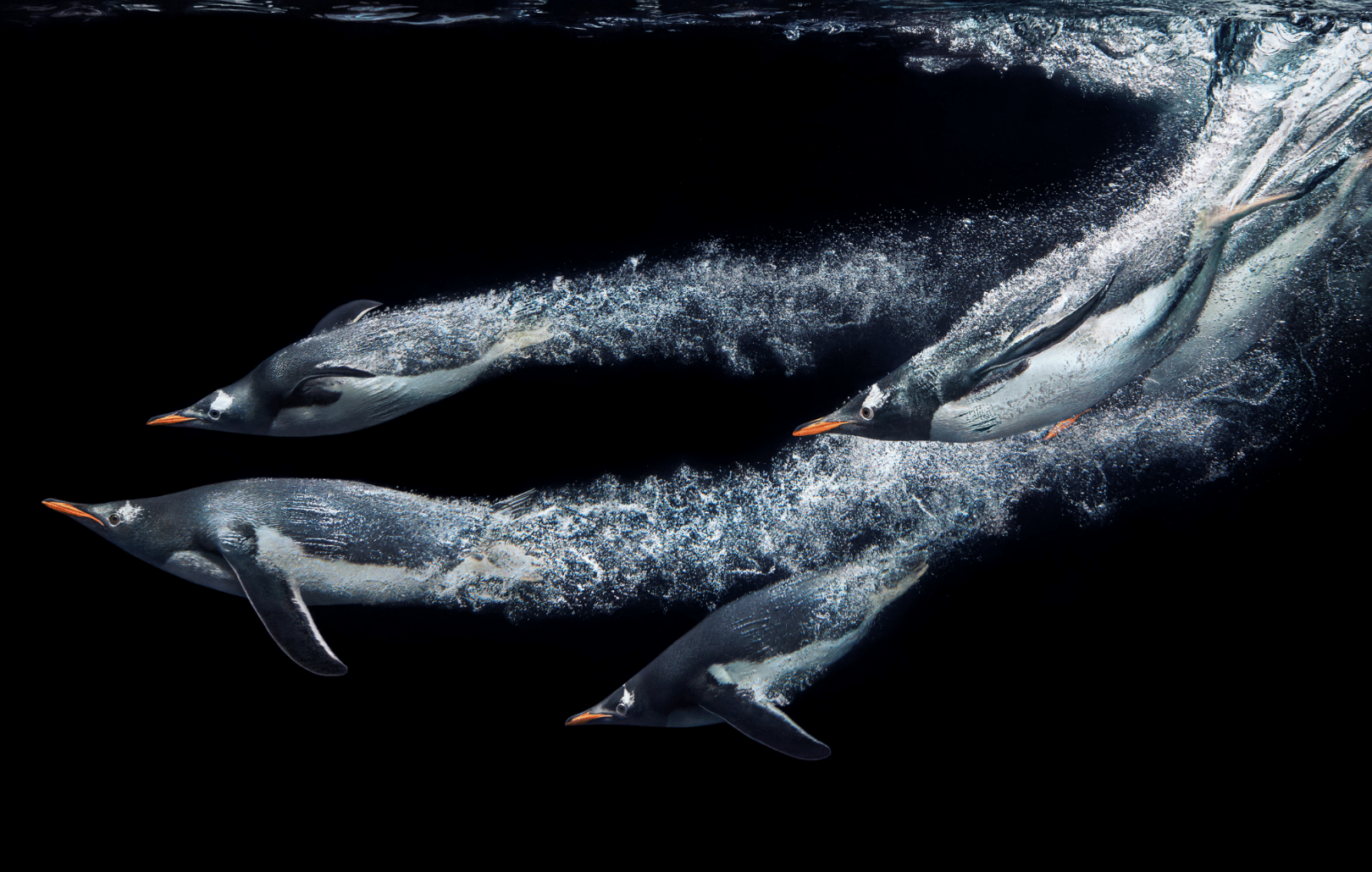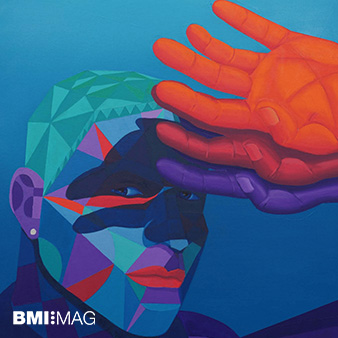
THE EXTRAORDINARY WORLD OF TIM FLACH
By Alessia Bellan
With a unique eye for detail and a feeling for anthropomorphism, this British photographer skilfully manipulates lighting and perspective to blur the line between humans and animals. His photographs evoke a deep empathy and invite us to reflect on need for interaction with an eco-system that requires protection.
Tim Flach is not a conventional nature photographer. Famous for his portraits of animals, from dogs to horses, monkeys and lions, taken in the studio against a black background under a vivid light that emphasises their almost human expressive qualities, his work transcends traditional nature photography, combing artistic originality with an intuitive genius for capturing his subjects’ details and distinctive features. Exploring the emotional and intellectual connections between humans and animals, Flach’s works concentrates exclusively on animals, linked by a distinctive style that stems from deep reflection on anthropomorphism and anthropocentrism. Captivating and stimulating, powerful and intimate, his portraits inspire empathy and stimulate spectators to rethink their human-centred view of the world. Rooted in his characteristic studio portrait style, he dedicates the same attention to all types of animal, from the most common to rare species and those under threat of extinction, framing them not only as subjects to immortalise but also as partners in the shared narrative of life on Earth, opening a wider conversation on our relationship with nature in all contexts – ethical, historical, scientific and political. His interest focusses on the way “we give shape to animals and their meaning. Genetically, like the chicken with no feathers, or with a symbolism that attributes a special significance to a dove but rejects a London pigeon as if it were a flying rat”, says Tim. The originality with which he captures the strength or vulnerability of his animal subjects reveals their undeniable link with us humans and carries the observer towards a new perspective on wild animals and their conservation. “We’re living through a decisive moment in our history. We have to initiate a cultural shift. I’m sounding a warning about this urgent need”, he says. “For the first time it’s not nature that is endangering species and leaving its mark on the planet, it’s us. In the past, nature was seen as robust and we were vulnerable. Now nature is vulnerable”. His unmistakeable photos, precisely composed and lit, not only emphasise the vigour and dynamism of the shapes and the extraordinary miracle of nature, above all they evoke an unexpected sense of intimacy, instilling feelings and prerogatives that are usually attributed only to the human world. Flach has won many awards, building an exceptional reputation with captivating images that appeal to photography enthusiasts and animal lovers alike. Born in London in 1958, he studied art at Central St. Martin’s College. His passion and talent soon led him to shoot reportages and hold one-man exhibitions across the world. His works have been displayed in the most important natural history museums, from Paris to Beijing, and his photographs have been published in prestigious publications like National Geographic, The New York Times, The Guardian, The Sunday Times, and The New Scientist. His books have won international acclaim and been translated into many languages (Equus, 2008; Dogs, 2010; Evolution, 2013; Endangered, 2017; Birds, 2021; More Than Human, 2024). Of his next book, Feline, released this autumn, he says: “Working with cats was rather demanding because they tend to do whatever they want. As the old saying goes, dogs have owners but cats have staff!”









